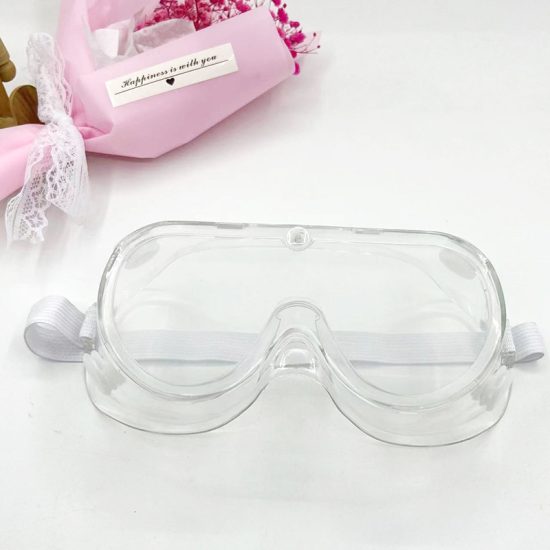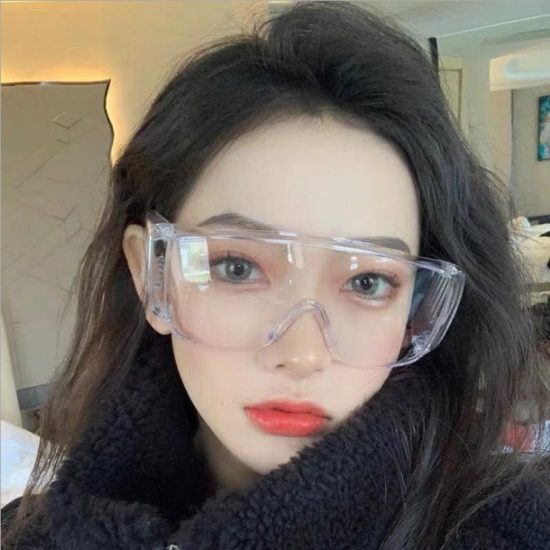Safety glasses are a crucial piece of personal protective equipment (PPE) designed to protect the eyes from various hazards in the workplace or during certain activities. The science behind how safety glasses work is rooted in their construction and materials, which are specifically engineered to provide effective eye protection. Here’s how safety glasses work:
- Material Selection: Safety glasses are typically made from impact-resistant materials like polycarbonate or Trivex. These materials are chosen for their ability to withstand high-velocity impacts without shattering. Polycarbonate, in particular, is a popular choice due to its lightweight nature and excellent impact resistance.
- Lens Design: Safety glasses have lenses designed to provide a wide field of vision while maintaining optical clarity. They are often curved to wrap around the sides of the face, offering additional protection from side impacts and debris.
- Impact Resistance: Safety glasses are rigorously tested to ensure they meet specific impact resistance standards, such as ANSI Z87.1 in the United States. This testing involves firing projectiles at the lenses to assess their ability to withstand high-velocity impacts without breaking or cracking.
- UV Protection: Many safety glasses also provide protection against ultraviolet (UV) radiation from the sun. Exposure to UV rays can cause eye damage over time, so UV protection is an essential feature, especially for outdoor work.
- Lens Coatings: Safety glasses often have coatings that enhance their performance. Anti-scratch coatings help prolong the life of the lenses, while anti-fog coatings prevent fogging during humid or cold conditions. Some coatings also reduce glare and provide better visibility.
- Frame Design: The frame of safety glasses is designed to securely hold the lenses in place while providing comfort and a secure fit. Some safety glasses have cushioning or rubberized components to improve comfort and grip.
- Side Shields: To offer additional protection from lateral hazards, safety glasses may have side shields or wraparound designs that help prevent debris or particles from entering the eye from the sides.
- Compliance: Safety glasses must meet industry-specific standards and regulations, depending on the intended use. Employers should ensure that the safety glasses they provide comply with relevant safety standards to ensure the protection of their workers.
In summary, safety glasses work by combining impact-resistant materials, specially designed lenses, and various coatings to provide protection for the eyes. They are engineered to withstand high-velocity impacts, provide optical clarity, protect against UV radiation, and enhance visibility. Properly selected and maintained safety glasses are essential for safeguarding the eyes in various work environments and activities where eye hazards are present.


